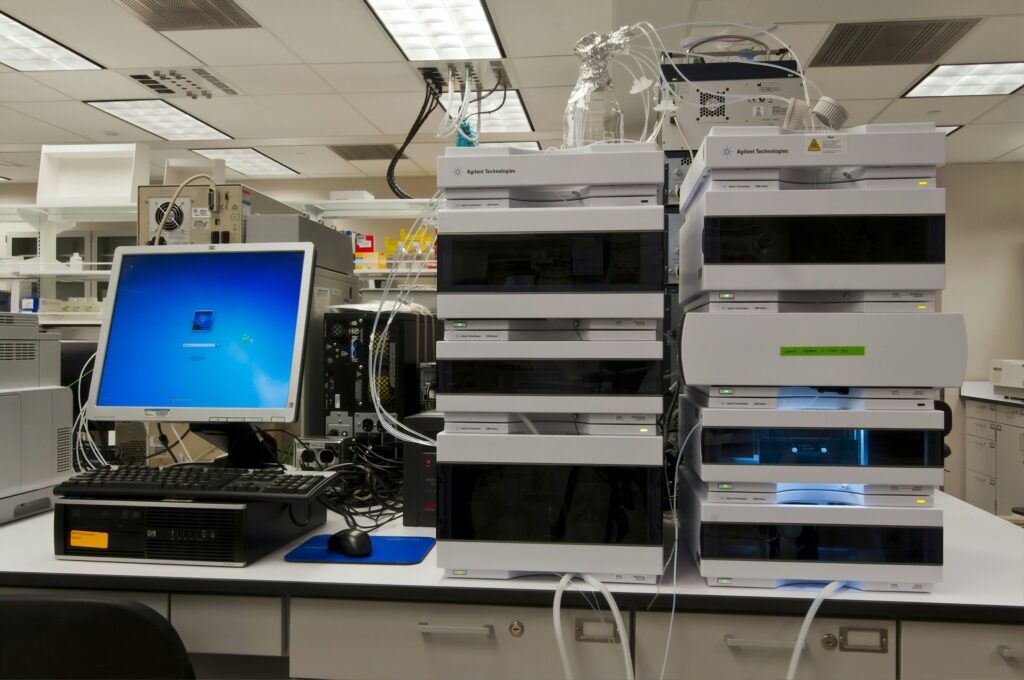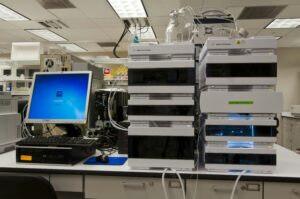
Hoboken, N.J., July 14, 2025 — In a groundbreaking development, researchers from the Stevens Institute of Technology, the University of Illinois at Urbana-Champaign, and Harvard University have unveiled a new concept that merges quantum networking with the fabric of space-time. This advancement could redefine our understanding of both quantum mechanics and general relativity.
Quantum networking, a rapidly advancing field worldwide, is crucial for developing a global quantum internet. This technology promises secure communication on a massive scale and the global connectivity of quantum computers. The race to achieve this vision is intensifying, both terrestrially and extraterrestrially.
Quantum Networks: More Than Meets the Eye
The recent study, titled Probing Curved Spacetime with a Distributed Atomic Processor Clock, published in PRX Quantum, suggests that quantum networks are more versatile than previously imagined. The research team, including Igor Pikovski from Stevens Institute, Jacob Covey from the University of Illinois, and Johannes Borregaard from Harvard, demonstrated that these networks could be used to explore how curved space-time influences quantum theory—a pioneering test of its kind.
Quantum physics has consistently passed experimental tests, yet its interaction with Einstein’s theory of gravity, which describes gravity as a consequence of curved space-time, remains less understood. This theory predicts phenomena like the slowing of time near massive objects, a concept popularized by films such as Interstellar. However, the impact of this time dilation on quantum mechanics is still a mystery. Could the intertwining of quantum mechanics and general relativity necessitate modifications to either theory? Until now, experimental exploration of this frontier was unfeasible.
Setting the Stage for Experimental Exploration
In an earlier study published in Physical Review Research, Pikovski and Borregaard proposed that quantum networks could be used to test these questions. They highlighted how superpositions in quantum theory—where matter exists in multiple states simultaneously—could interact with the varying flow of time in curved space-time. Quantum networks, which can distribute qubits over vast distances, would allow these superpositions to experience different time flows simultaneously, offering a unique probe into the quantum-gravitational interface.
“The interplay between quantum theory and gravity is one of the most challenging problems in physics today, but also fascinating,” says Igor Pikovski, Geoffrey S. Inman Junior Professor at Stevens Institute of Technology.
Collaborating with Covey’s laboratory, Pikovski and Borregaard developed a protocol to leverage quantum effects across network nodes using entangled W-states. This approach records interference between these entangled systems, utilizing advanced quantum capabilities like quantum teleportation and entangled Bell-pairs in atom arrays. Such methods make testing quantum theory on curved space-time a reality.
Implications for Fundamental Physics and Beyond
The implications of this research extend beyond practical applications of a quantum internet. It opens new avenues for fundamental physics research, offering insights that classical sensing methods cannot provide. The ability to test how quantum mechanics behaves in curved space-time could lead to groundbreaking discoveries.
“We assume that quantum theory holds everywhere—but we really don’t know if this is true,” Pikovski notes. “It might be that gravity changes how quantum mechanics works. In fact, some theories suggest such modifications, and quantum technology will be able to test that.”
The work of Pikovski, Covey, and Borregaard demonstrates that quantum networks are not only instrumental in developing a future quantum internet but also in exploring fundamental physics questions. At a minimum, they have made it possible to test how quantum mechanics operates on curved space-time.
About Stevens Institute of Technology
Stevens Institute of Technology, located in Hoboken, New Jersey, is a leading private research university known for its focus on technological innovation. Since its founding in 1870, Stevens has fostered a collaborative, interdisciplinary environment where over 8,000 students work closely with faculty across various disciplines, including business, computing, engineering, and the arts. The university is consistently ranked among the top in career services and alumni earnings, emphasizing its commitment to advancing science and technology to tackle global challenges.






